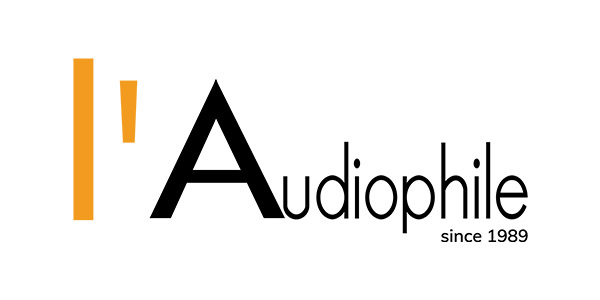The Ibragimova recording was originally a CD-only release (CDA 68068). Back in 2015, I was a bit disappointed with the disc — but that disappointment has now been banished. Listening to the LP (LPA 68068), it trounces the sonic and musical performance of the CD. The sound of the Concerto in A Minor’s opening bars is all you need to hear. Where the Arcangelo’s string section sounds congealed and a bit strident on the CD, it comes to life on the LP, with a more vibrant and articulate sound, and more audible inner voices. More than that, the LP endows the performance with a better sense of the all-important musical shape and flow.
Ibragimova is never as big or bold as Mullova or Mutter, but her performance, when heard on the LP version, may well be the one I reach for when I want to hear these Bach violin concertos. The LP version places it among the best sounding of the available recordings, with the backing musicians better fleshed out, a bit of harshness at the top end removed and an exquisite sense of fluid, ensemble playing. If I have one misgiving, it comes down to pairing. I adore side one of the LP, with the two violin concertos, but I’m less enthusiastic about the keyboard transpositions on side two. A perfect package would have had BWV 1043, the double violin concerto instead. Of my favorite recordings, however, only Julia Fischer includes all three concertos, and I sometimes find it hard to catch my breath with her versions!
The Orchestral Suites
Bach wrote four Orchestral Suites (“Ouvertüren” in German). Trevor Pinnock recorded all four in Henry Wood Hall (London) in 1978 and 1979. The four compositions were originally spread across three releases; the Suites combined with other Bach orchestral works. The discs were released on Archiv Produktion, a subsidiary of Deutsche Grammophon (“DGG”) formed for the release of early and baroque music. This disc of Bach’s 1st and 3rd Suites is the first release of an Archiv LP in The Original Source (“TOS”) series. Like other TOS, reissues, this was cut direct from the 4-track ½ inch master tapes and is pure analogue with no digital sound processing. Unlike the originals, which were pressed on wafer thin floppy vinyl, these are pressed at Optimal on premium vinyl (DGG says 180-gram, but my scale reads 200-gram).

My first version of the Orchestral Suites was a 1960 performance led by Karl Richter recorded in Munich’s Hercules Hall. In comparison to more modern recordings informed by decades of historical performance research, those recordings sound positively sluggish. Six years later, Nikolaus Harnoncourt recorded the four Suites with Concentus Musicus Vienna for Telefunken at the Casino Zögernitz in Vienna, and his performance shows just how quickly things can change, sounding positively modern next to Richter’s.
By the late 1970s, when Pinnock recorded this first set of the Orchestral Suites (he returned to Henry Wood Hall to record the cycle in the early 1990s for Archiv), historical performance techniques had made some significant advances. For one thing, music lovers were warming up to the idea of HIP recordings. Instead of heavy fabric coated boxes and elaborate inserts, Pinnock delivered performances lighter on their feet and more forgiving to the ear. The best of today’s ensembles specializing in Bach and other late Baroque music just sound like they are more familiar with the scores and willing to take more chances.


